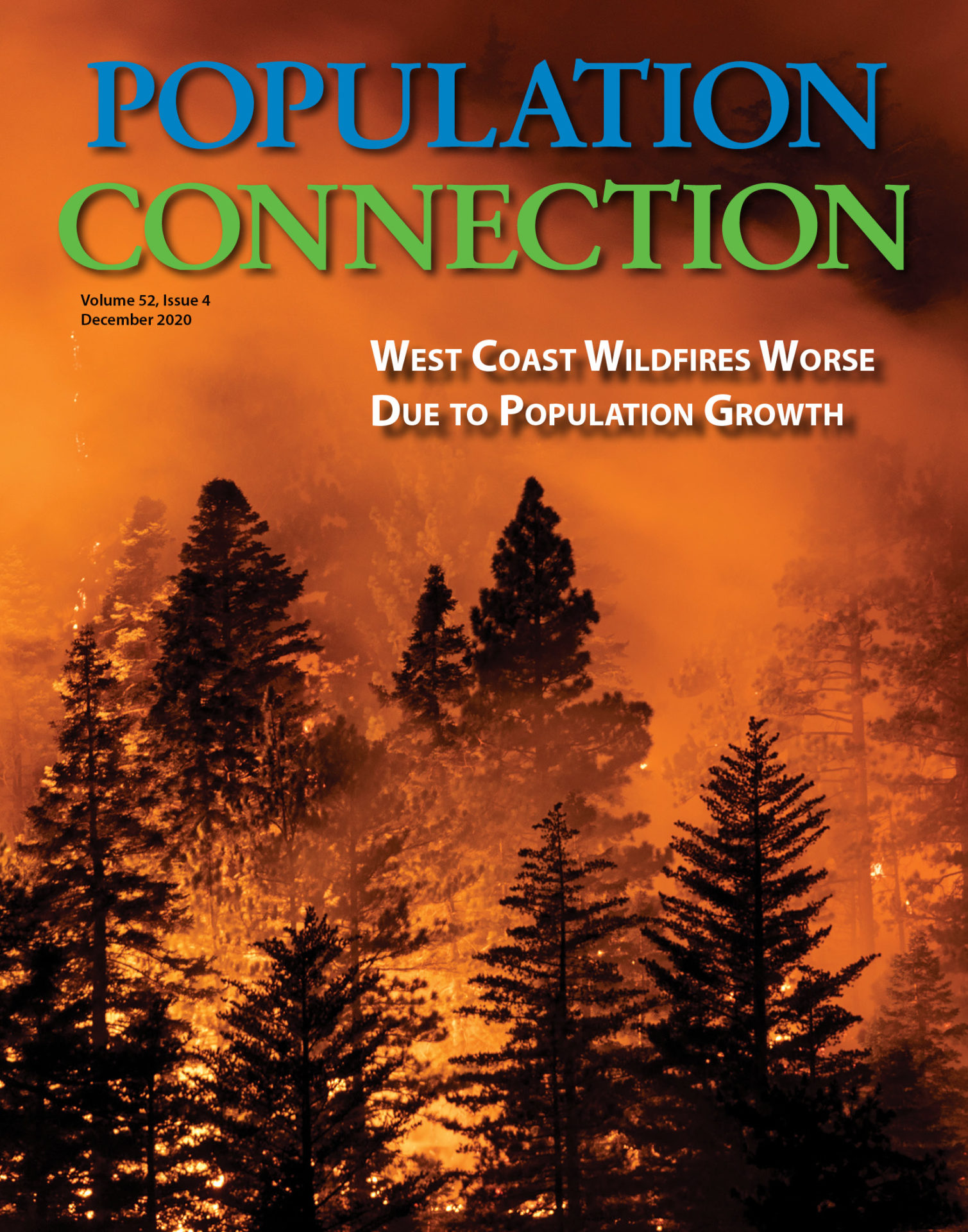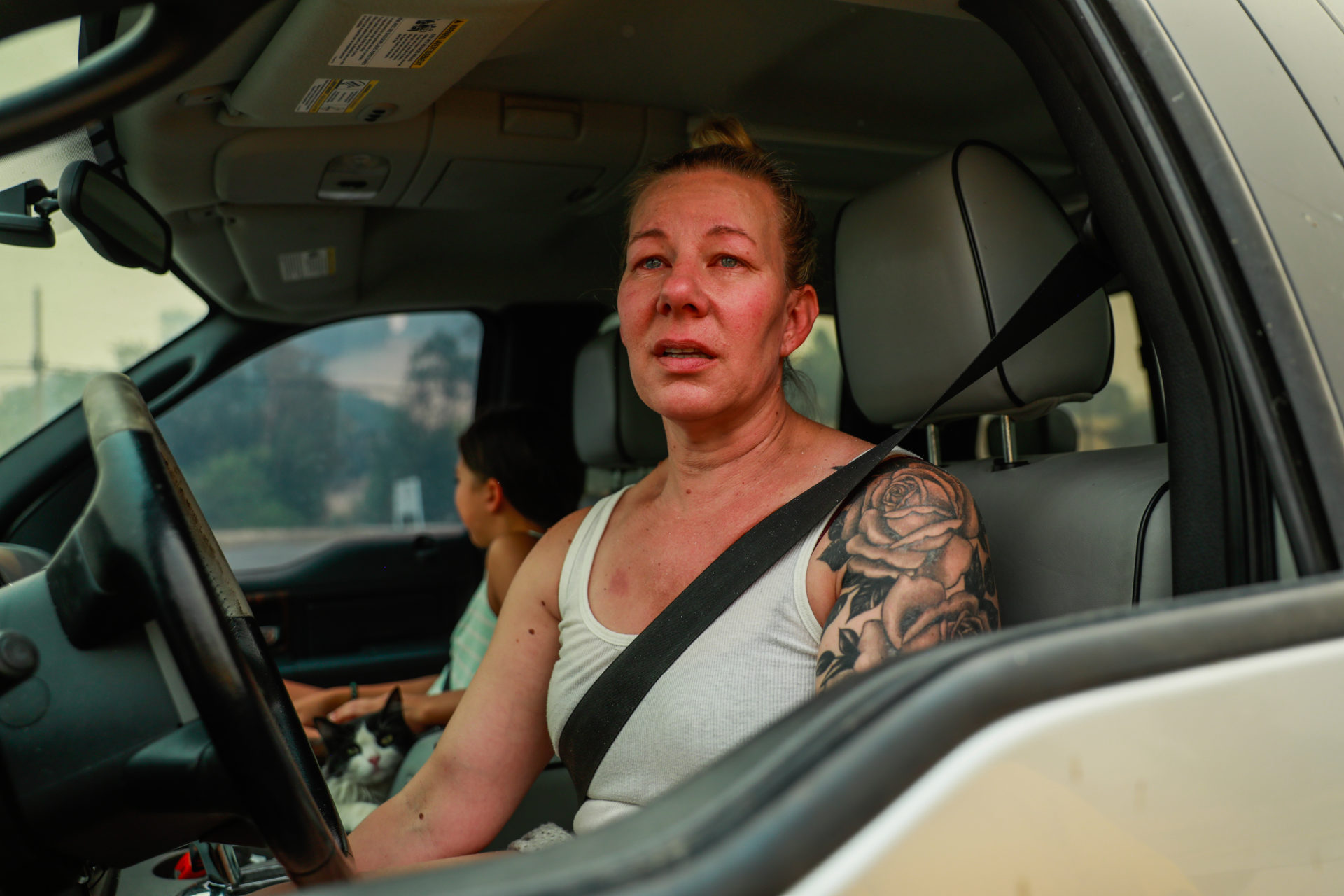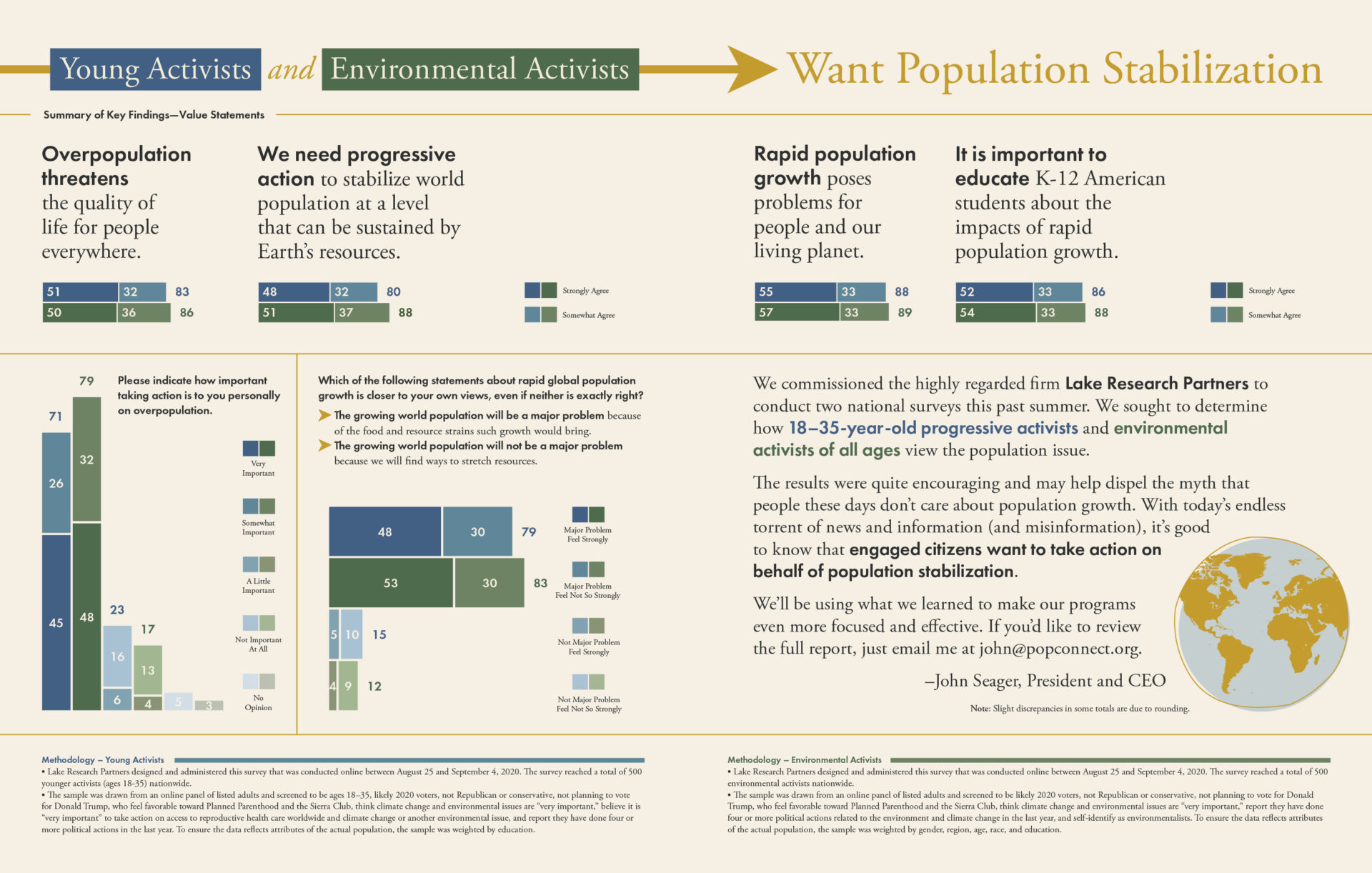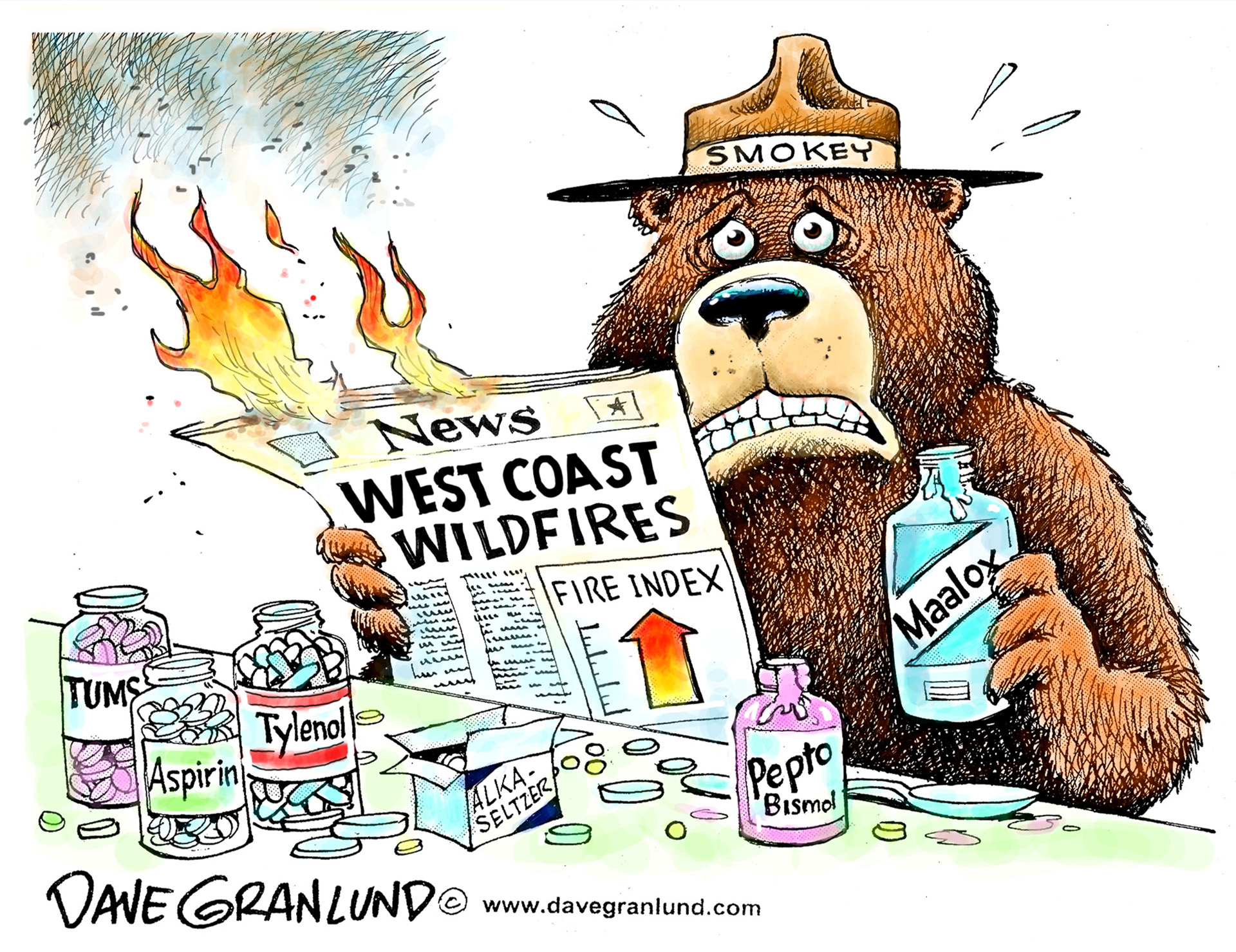
December 2020
Population growth in fire-prone states is responsible for sprawling development into areas that should never have been inhabited by people. Our buildings create kindling for wildfires, making even those that start through no fault of our own—each year, tens of thousands of fires are started by lightening strikes—worse. And once people live in WUI regions, forest management and wildfire containment become much more difficult, leading to burns that rage out of control for months, displacing and killing people, pets, livestock, and wildlife.
Cover image: The Bobcat Fire burns through Angeles National Forest on September 11, 2020, north of Monrovia, California. California wildfires have already incinerated a record 2.3 million acres this year and are expected to continue until December. The Bobcat Fire has grown to more than 26,000 acres. (David McNew/Getty Images)
“The populations within these wildfire regimes are increasing so rapidly that forest management becomes almost impossible." Zachary Zobel, a climate scientist who studies wildfires at the Woodwell Climate Research Center
Photo, right: VACAVILLE, CA – AUGUST 19: Gina Santos cries in her car after evacuating the LNU Lightning Complex Fire in Vacaville, Calif., on Wednesday, August 19, 2020. She moved into her “dream house” several months ago and was distraught that it might have burned down. The fire is one of many lightning-triggered wildland fires raging in California. (Gabrielle Lurie/The San Francisco Chronicle via Getty Images)



Regular Columns
